You don’t have to be an expert in cybersecurity to understand why hackers might set their criminal minds on attacking government agencies, utility companies, financial institutions, retailers, and many other types of large and small corporations. Bad actors who are able to infiltrate these types of organizations through a cyberattack may gain access to and control over highly confidential information, extremely valuable assets, vital supply chain and technology infrastructure, and more. Cybercriminals then often hold these items hostage for a substantial ransom amount.
What may be less obvious is why these same bad actors are increasingly targeting schools just like yours. To help you figure out if, and why, your school might be vulnerable to a cyberattack, Fred C. Church shares what our cybersecurity specialists are saying are the six main reasons why educational institutions have quickly become a favorite—and easy—mark for cybercriminals.
1. Collecting a wealth of data.
From students’ personally identifiable information to employees’ records, schools store the exact type of sensitive data that bad actors want to get their hands on. And when they do, they often use it to steal people’s identities, reroute funds such as employee payroll, and undertake numerous other nefarious activities.
2. Using a wide variety of digital devices.
Students and educators are now utilizing an array of connected technology in and out of the classroom. While the influx of new devices has helped expand learning opportunities, it has also opened the door wider for a potential cyberattack.
3. Hanging onto aging devices and hardware.
Nearly obsolete devices often lack proper IT oversight and security measures. So, if a school is holding onto older technology and doesn’t make updates to its IT infrastructure, it puts the institution at greater risk for a cyberattack.
4. Generating broad digital footprints.
Educational institutions, particularly colleges and universities, have been building out their web presence over the past few decades, leading to large and unwieldy domain networks that provide bad actors with abundant entry points to commence an attack.
5. Incorporating cloud-based solutions more often.
Many educational institutions are beginning to embrace the efficiencies and cost-effectiveness of using cloud-based solutions for storing and managing data. However, in this type of environment, it is more complex to make sure data is secure and often requires specialized tools and knowledge.
6. Lacking a cybersecurity expert on staff.
Many schools, particularly at the K-12 level, do not have the resources to hire a dedicated employee, never mind a whole cybersecurity team. This may mean there is no one on-site with the responsibility of making sure the institution’s network, devices, and data are all secured and backed up appropriately.
These are just a few of the vulnerabilities that make educational institutions look like such easy targets to bad actors, and why school cyberattacks are expected to continue to increase in frequency, scale, and severity. In response to this intense threat, educational institutions should be proactive in managing their cybersecurity risks and make a concentrated effort to strengthen their cybersecurity defenses. This doesn’t always require a huge investment of time and resources. In fact, there are many simple and affordable—even free—preventive steps your school may be able to take immediately to fortify its cybersecurity measures and possibly fend off would-be cybercriminals.
In addition, the Fred C. Church Education Practice Group is here to help. Not only do we have broad experience across the education sector, assisting independent schools, public schools, colleges, and universities identify, assess, and address their biggest cybersecurity risks, but we also offer clients the support of an in-house Cyber Practice Leader. Please contact us today if you would like to tap into our knowledge and experience.



